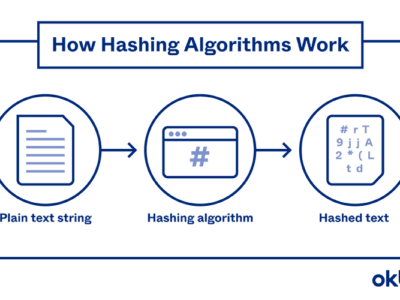So, what’s the “Digital Era“? There are many ways to define this era. You may as well have an idea of what the era is. However, there is no direct way to define it because it is a combination of many things “Digital”. So, to define the digital era, I will mention its characteristics.
The era is characterized by technology, most especially, digital technology and digital transformation. This technology is designed to increase the speed and the amount of information delivered from its source to its recipient within the digital ecosystem. In simple terms, this era is what is commonly referred to as the internet age.
The implications of these knowledge-based technologies for people and businesses is huge and will continue to be as functionalities of these technologies continue to increase. Our everyday lives will continue to become more linked because as humans (or businesses), we live on information/knowledge. Understanding these will help ensure we build sustainable relationships within the digital era.
Now, what are the three truths?
Three Truths of the Digital Era
1. Digital Consumers are in Control
The sources of the knowledge are not in control because it is the consumers who decide what they want and the path for the creators or producers follow. Consumers are armed with information that’s making them more conscious. The more conscious they are, the more control they exhibit over what they allow and won’t allow. The consumer behavior is constantly changing due to the enabling nature of technology and easy access to information.
The good thing is, the consumers change their behaviors based on how well informed they are. These means the brands (personal or business) need to quickly evolve to stay relevant. The focus of brands is to understand their consumers (or followers) better.
One example of the control consumers have is the demand for more transparency on the part of the brands. This is because of the increasingly common pieces of information lies and fraud termed “fake news”. Transparency is now central to consumer loyalty.
2. Digital Platforms Disrupt Value Chains
Value chains are changing due to the emergence of disruptive platforms. These platforms make competition between brands asymmetric. This is the new normal. Businesses built on platform effects are becoming more competitive in their various industries. Common examples of such businesses are Uber for Automotive industry, Airbnb for the real estate industry, Netflix for the entertainment and mass media industry, etc.
Platform-based businesses operate their value chains differently compared to traditional businesses. What’s mainly different is the speed and scale at which these businesses create and deliver value to their consumers and capture value in return. This is because they understand their consumers who have control over what they want. This understanding results from the data consumers provide every time they use a platform.
3. Winners Exploit Platform Effects
Platforms and its effects have become one of the most important business models of the digital era. Five of the six most valuable businesses in the world are built around platforms e.g. Amazon’s Web services. However, creating a successful platform business is not easy. Only those who can exploit network effects win. Network effect is a self-reinforcing cycle where more consumers attract more brands and more brands attract more consumers. Technologies like Artificial intelligence helps the platform to exploit network effects more.
According to a recent study by Harvard Business Review, the most common mistakes losers make were grouped into four categories. These are:
– mispricing on one side of the market
– failure to develop trust with users and partners
– prematurely dismissing the competition
– entering too late.
Mispricing on one side of the market is a result of not correctly exploiting the platform effects. Platforms connect sellers and buyers. A platform often requires underwriting one side of the market to encourage the other side to participate. But knowing which side should get charged and which side should get subsidized may be the single most important strategic decision for any platform. For example, Sidecar pioneered the peer-to-peer ridesharing model before Uber and Lyft, but it never became a household name. The fatal flaw was not recognizing the importance of attracting both sides of the platform. Sidecar also raised much less venture capital than Uber and Lyft and was unable to attract enough drivers and riders to survive much beyond the startup phase.






